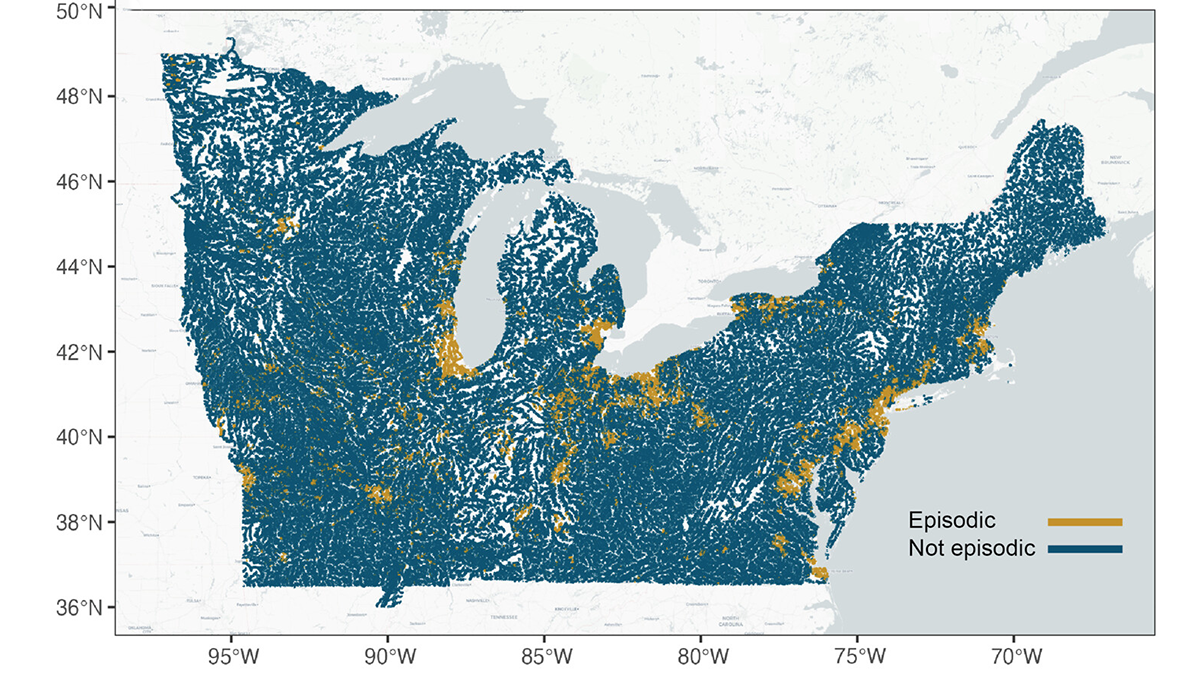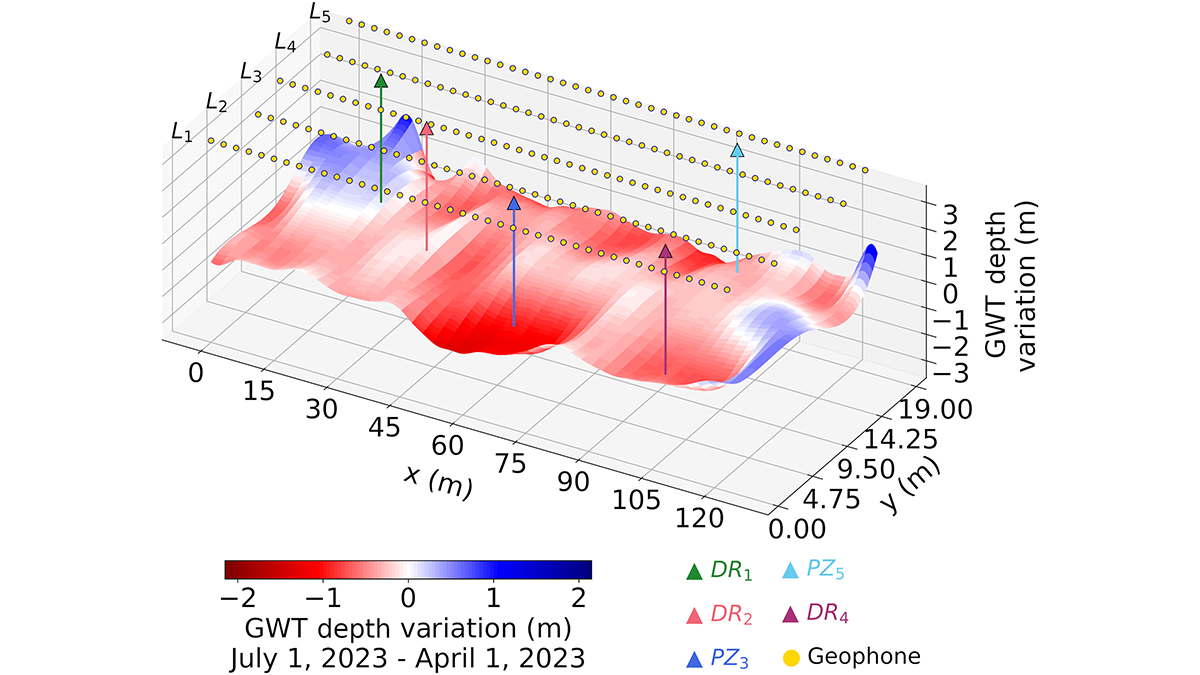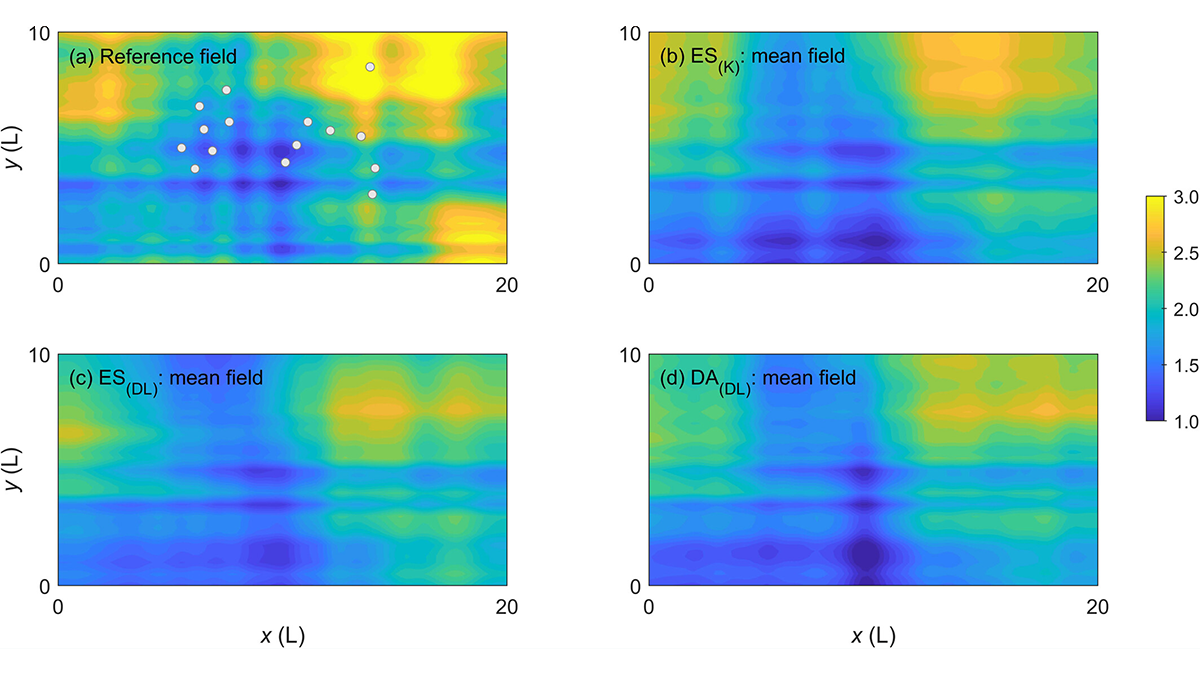When episodic pulses of road salt hit after a winter storm, the impact can be like a lightning strike for the environment.
Stefan Kollet
Editor, Water Resources Research
Beavers are Not Concerned About Groundwater
But, scientists are! A new study illuminates the complex interactions of beaver dam induced ponding and floodplain inundation with shallow groundwater storage and flow patterns.
Deep Learning Goes Multi-Tasking
In hydrological modeling, predicting multiple tasks helps in identifying physical rules and generalizations.
Rock Solid Augmentation: AI-Driven Digital Rock Analysis
Boosting digital rock images with AI-powered augmentation and quality analysis could improve subsurface engineering decisions.
Listening to Groundwater Dynamics
Deep learning from shallow passive seismic data reveals groundwater table depth information in space and time.
Learning Data Assimilation Without the Help of the Gaussian Assumption
Major Earth system processes are non-linear and non-Gaussian, and so should be our data assimilation approaches.
Using Big Data for Monitoring Network Design and Beyond
Large data sets can be generated using deep learning to improve the design of observation networks for monitoring subsurface flow and transport.
Deep Learning for Hydrologic Projections Under Climate Change
Extrapolation or not? Big data may help deep learning to go places where it has not been before by transferring learned hydrologic relationships.








